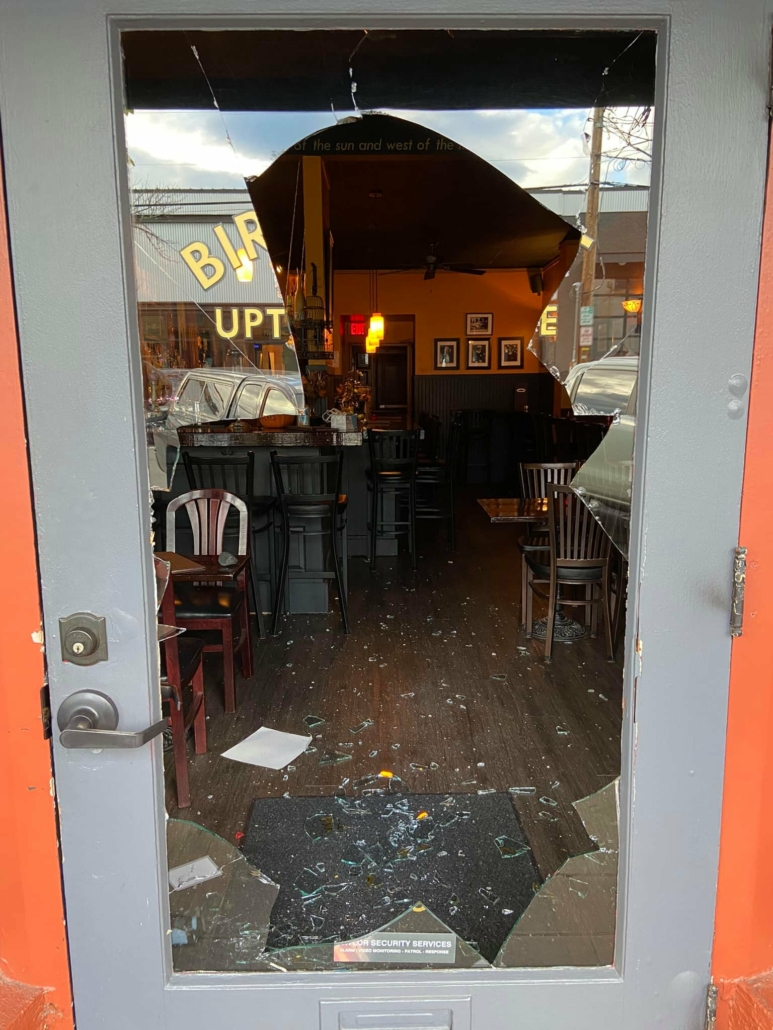Camas, WA — The City of Camas officially has a new Mayor.
Former Camas City Council Member Steve Hogan took the oath of office and was officially sworn in as Camas’ new mayor, Nov. 23, at Camas City Hall. Camas City Attorney Shawn MacPherson conducted the ceremony in front of a small group of friends, family and staff. Hogan’s term will run through Dec. 31, 2023.
Hogan was elected to the position by Camas voters in the Nov. 2, 2021, general election, earning 57 percent of the vote. The election was certified by the Clark County Elections department today, Nov. 23. Hogan’s term will be effective beginning today, as he works to fulfill the remainder of the term left vacant by former Mayor Barry McDonnell. Hogan will replace Mayor Ellen Burton, who was appointed to the role of Mayor on an interim basis in August.
Hogan served as a Camas City Council Member since 2006, during which he served as Mayor Pro Tem in 2014 and 2017. He’s the fifth Camas Mayor since 2018.
Here’s the video of his swearing in: https://youtu.be/vZ-_DL3ctf0
About Mayor Hogan
Steve Hogan has been a resident of Camas since 1994. He has been a senior manager and chief operating officer in the steel, paper and wood industries. He is a member of the Camas Washougal Rotary Club and was a member of the 2009 Class of Leadership Clark County. He has also served as a member of the Camas School District Facility committee. Hogan received the designation of Certified Municipal Leader from AWC in 2006 and received his Advanced Certified Municipal Leader designation in 2007. He has a degree in Business Administration from the University of Washington, and a master’s degree in Business Administration from Seattle University.






